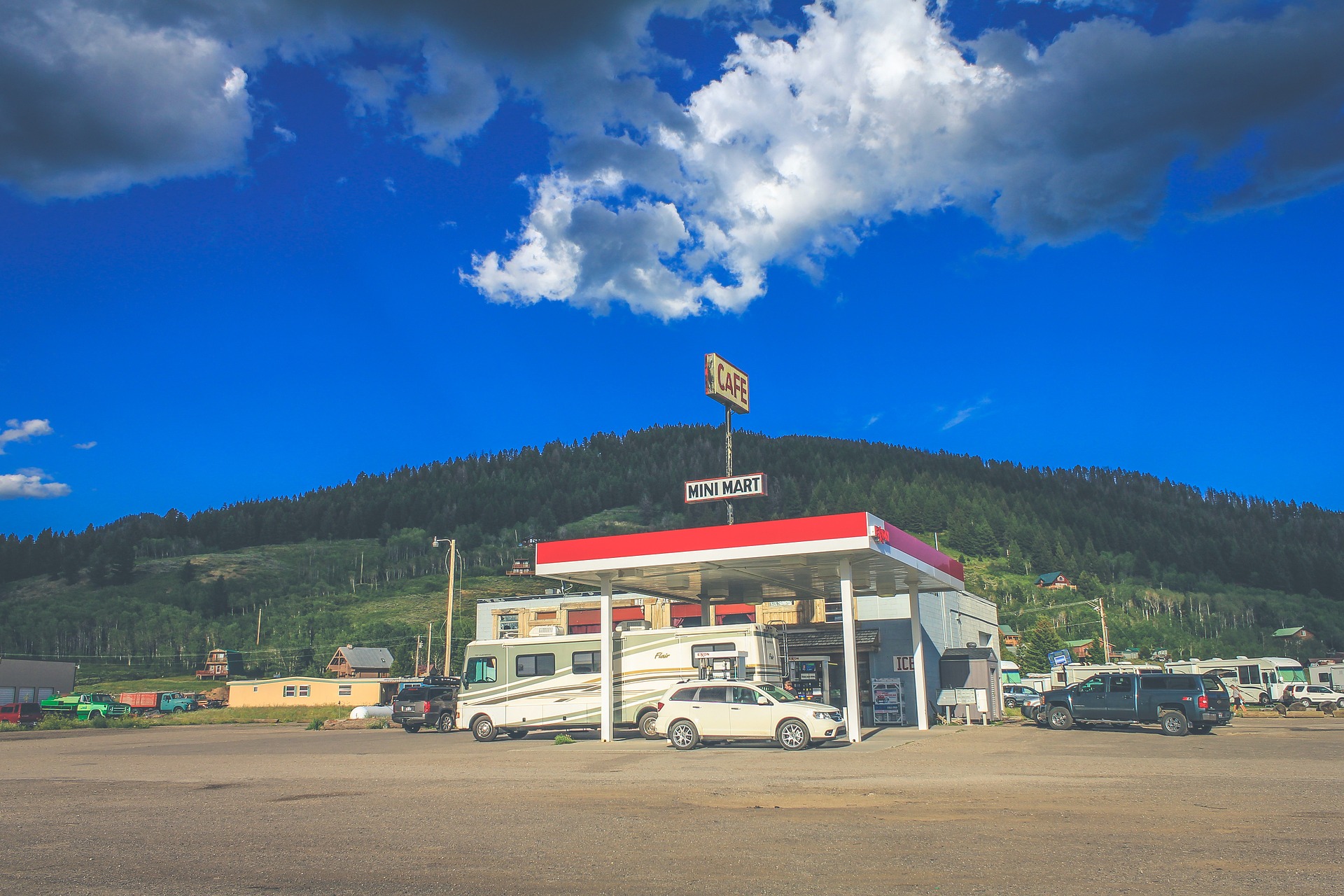"I have been skiing to both North and south Poles for over 20 years and I personally have witnessed a deterioration of sea ice on the Arctic Ocean." - Doug Stoup, Artic Explorer and Guide
Doug Stoup, President and Founder, Ice Axe Expeditions
“There is no operation manual for Spaceship Earth. The technology age or new industrial revolution with bio-technology, smartphones, 3-D Printing, Artificial Intelligence and autonomous vehicles will affect the quality of our existence for hundreds of years. I have been skiing to both North and south Poles for over 20 years and I personally have witnessed a deterioration of sea ice on the Arctic Ocean. This is truly an early warning sign that we need to shift to 100 percent renewable energy NOW! We need to move to cleaner energy to have a sustainable vision for our collective future. There is no resupply for Spaceship Earth. There are no passengers, we are all crew and cannot afford to procrastinate. We need to mobilize for immediate action through agile governance, technology and protection for us to survive.”
We don’t want to watch our winters melt away! That’s why Snowriders International is dedicated to fighting for a 100% renewable energy economy.
A 100% Renewable energy economy is essential to cutting global warming pollution and ensuring snowy winters for generations to come!
It's clear that as a society we must take urgent and decisive action to reduce emissions in order to prevent the worst impacts of climate change. However, currently, good climate policies like the Clean Power Plan, clean car standards, and the Paris Agreement, are under attack in Washington. And the Department of Interior's plans to open up hundreds of miles of protected land and coastline to drilling and fracking operations threatens to reverse our clean energy progress. Fortunately, visionaries on the local, state and national level are stepping up and continuing to lead the transition to a 100% renewable energy future. As part of the Voices for 100% Renewables campaign, we are amplifying the voices of these leaders.
This winter, Snowriders is delighted to welcome polar pioneer Doug Stoup to the Voices for 100% Renewables campaign.
Hundreds of leaders - from mayors of major cities, to scientific authorities - had contributed their voices to this campaign so far, demonstrating the broad effort to transition away from dirty energy towards a renewable future NOW.
With so many visionaries from across the world working on this problem, a 100% Renewable world is not only essential, but it is within our reach.
Ethan Strimling, Mayor, Portland, Maine
“Here in Portland, Maine we’re moving city operations toward a 100% Clean Energy by 2040 goal. Protecting our long term environmental health will take hard work, collaboration, foresight and creativity. It will also mean never taking ‘no’ for an answer because when it comes to ensuring a sustainable future for all of Portland, it’s not a choice, it’s a necessity.”
Bill McKibben, Founder, 350.org
“Aside from the small bonus of not destroying the planet, renewable energy comes with many other benefits as well. Coal, oil, and gas; which we power our world with now, are found in a few places around the world. The people who happen to live on top of these places get enormous power because of the money and political influence they gain. Think about Saudi Arabia, think about the Koch brothers in our country, the biggest oil and gas barons and the biggest political players in our corrupted system. If we are all generating our own power: from the sun that falls on our shingles or the wind that blows through our streets, then we won’t need the Saudis anymore, we won’t need the Koch brothers anymore. We will be able to have not just clean power but a much cleaner democracy.”
Wenonah Hauter, Founder and Executive Director, Food & Water Watch
“We know that we have the renewables technology and together we can organize the political will to create a clean energy future.
Renewables are ready today. We have the technical know how to build out 100% renewable energy systems. Not only is this a critical step forward for cleaning up our environment and protecting our global climate – it will also create jobs and be a boon to the economy. The only thing that has stood in our way is the lack of political will. But, because of the growing movement for a clean energy revolution, the political winds are shifting.
People are taking action to change our energy future in unprecedented numbers. They see that progress has been stunted at the federal level and so they are working at the state and local level to stop dirty energy projects and to support clean energy solutions. Recently, Maryland joined New York and Vermont in banning fracking and Pueblo City, Colorado joined 22 other cities in committing to going 100% renewable.
We are so excited about the tremendous number of people who are fired up to make the changes we need to survive. To help capture the enthusiasm, we are launching a new volunteer-led effort called Off Fossil Fuels to give activists the ability to run local campaigns across the country to keep fossil fuels in the ground, stop pipelines and other risky infrastructure projects, and transition to 100% renewable energy by 2035.”


















![Bears Ear National Monument -By US Bureau of Land Management (http://mypubliclands.tumblr.com/) [Public domain], via Wikimedia Commons](https://images.squarespace-cdn.com/content/v1/587f97cd579fb34ec470b8c4/1495823048358-C8DRKP37GI3ZKUDFW1WC/image-asset.jpeg)
![Basin and Range National Monument - By BLM Nevada (Basin and Range National Monument) [CC BY 2.0 (http://creativecommons.org/licenses/by/2.0)], via Wikimedia Commons](https://images.squarespace-cdn.com/content/v1/587f97cd579fb34ec470b8c4/1495823126777-8RDXHJK7VB25FQGQZ37K/image-asset.jpeg)
![Canyons of the Ancients National Monument - Photo by Bob Wick, BLM. (http://mypubliclands.tumblr.com/) [Public domain], via Wikimedia Commons](https://images.squarespace-cdn.com/content/v1/587f97cd579fb34ec470b8c4/1495823148250-2KS4KUTNNSLV0WW4A8AI/image-asset.jpeg)

![By Torstein Frogner (Own work) [CC BY-SA 3.0 (http://creativecommons.org/licenses/by-sa/3.0)], via Wikimedia Commons](https://images.squarespace-cdn.com/content/v1/587f97cd579fb34ec470b8c4/1495208741428-ERJD9ATRN4S8NR689W1U/image-asset.jpeg)
![By Michael (originally posted to Flickr as Emerald Bay) [CC BY 2.0 (http://creativecommons.org/licenses/by/2.0)], via Wikimedia Commons](https://images.squarespace-cdn.com/content/v1/587f97cd579fb34ec470b8c4/1495208928017-GPDDDXFGGQI08IX7V9RI/image-asset.jpeg)







